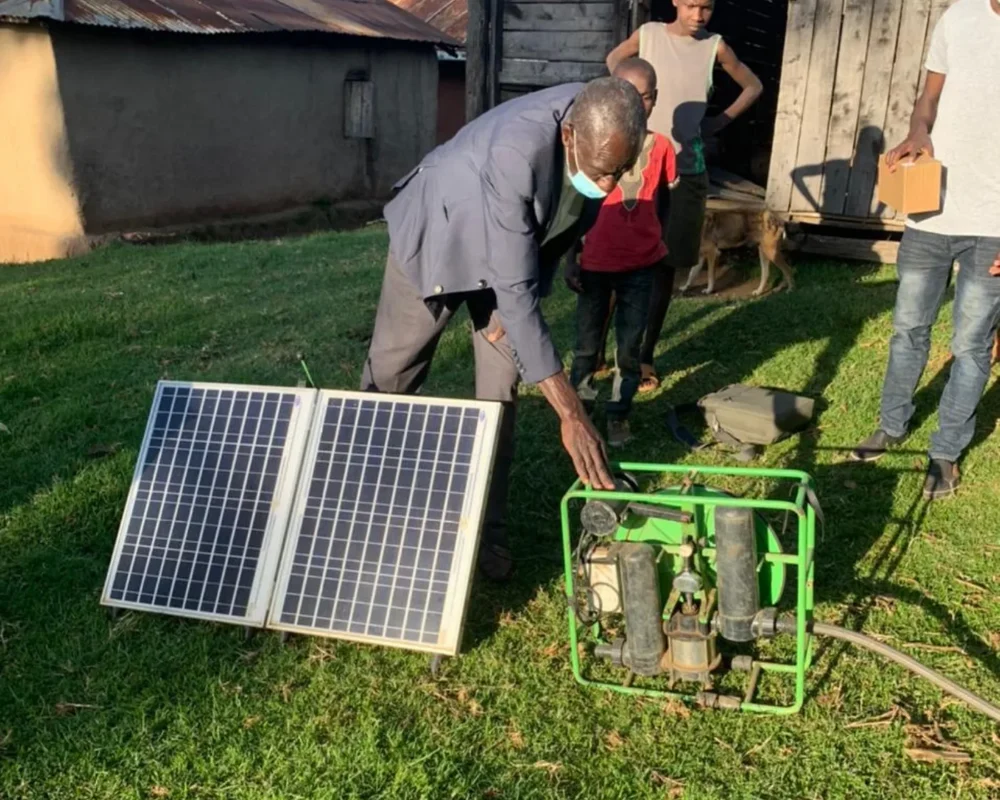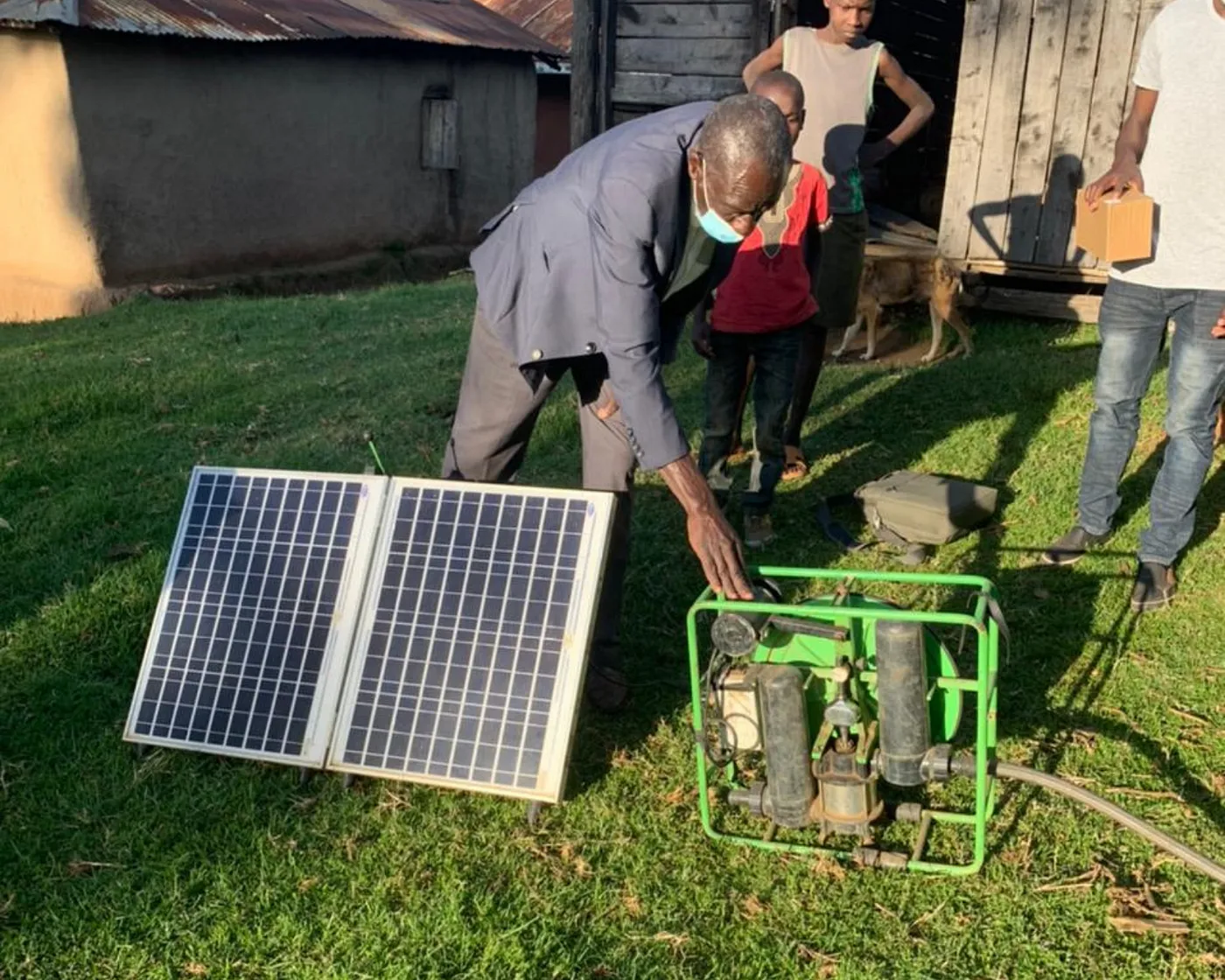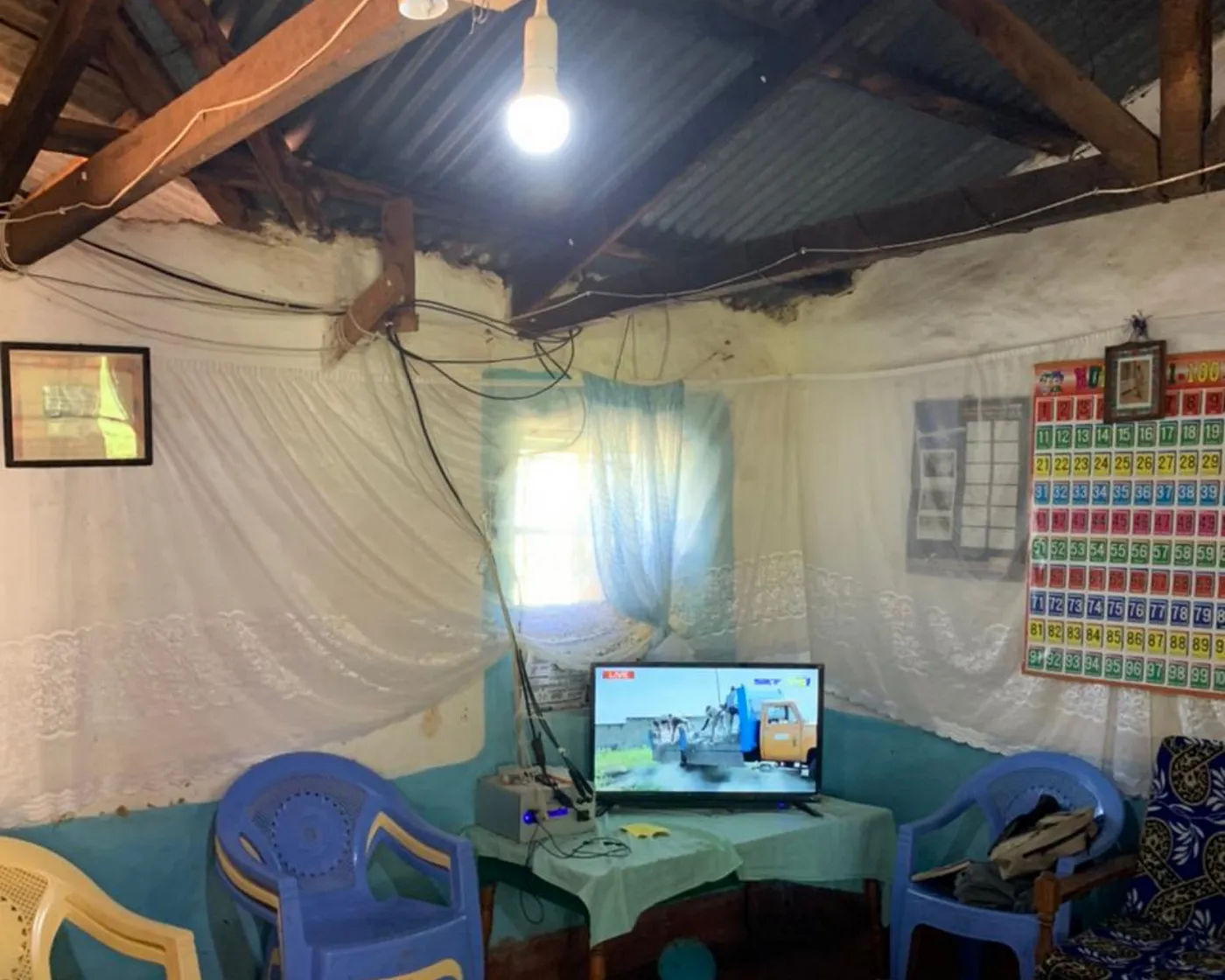Solar Water Pump Usage & Impact: Perspectives from Farmers in Kenya
In June 2021, Efficiency for Access launched a field-testing project in Kenya to understand how off-grid solar appliances, including solar water pumps (SWPs) impacting the farmers’ lives, how the pumps are performing, and what challenges the farmers have encountered while using the pump

By Abigail Kuria of CLASP, Co-Secretariat of the Efficiency for Access Coalition
Kenyan households living in rural areas have a grid connectivity of about 37%, meaning that more than half of these households do not access electricity from the national grid. As of 2020, Kenya – a dominant off-grid market – was reported to have a 69% market penetration for off-grid products, including solar water pumps (SWPs). In June 2021, Efficiency for Access launched a field-testing project in Kenya to understand how off-grid solar appliances, including solar water pumps (SWPs), perform in real-life settings compared to the lab.
This field-testing project will help identify variability in product performance based on the use case and ultimately provide better data to ensure the appropriate design of products for a wide range of geographic and environmental conditions. Efficiency for Access partnered with EED Advisory to develop remote monitoring modules (RMMs) for installation in several farms and homes in Kenya.
Conversations with three smallholder farmers
A team from CLASP, co-secretariat of the Efficiency for Access Coalition, partnered with local manufacturers and distributors of SWPs to identify and visit three end-users from rural parts of Uasin Gishu County, Kenya. During this field visit, the team learned how the pumps are impacting the farmers’ lives, how the pumps are performing, and what challenges the farmers have encountered while using the pump.
Timothy Sawe owns a farm in Ndalag, which is about a two hours’ drive from Eldoret town. Before purchasing his SWP, Timothy farmed maize on one acre of land and relied on a diesel generator to irrigate his land, which would cost up to USD 6 a day and roughly USD 150 monthly on fuel. The SWP has proven transformative to both his production capacity and savings. He now farms two acres with cash crop additions of cabbage, traditional greens, and tomatoes — increasing his annual income by USD 2250. Notably, he no longer incurs steep recurring costs from monthly purchases of fuel since investing in the SWP.
We don’t miss (the) money to pay for school fees for our three children, and there is always food for the family,” says Timothy.

Timothy’s story is not unique. The other two farmers we interviewed also reported an increase in their income due to higher yields and cost savings by replacing their diesel pumps with solar-powered ones. Samuel Seurei, a farmer with 10 acres of land, used to farm crops such as maize, spinach, traditional greens, and beans. After purchasing his SWP, Samuel was able to add coffee, gooseberries, and tomatoes to his farm. Previously, he and several neighbours relied on water from a nearby dam. The dam was not a reliable water source for him as his neighbours would often damage the pipe leading the dam water to his home. The SWP now allows Samuel to reliably pump water from another dam in his compound.

According to Samuel, adding gooseberries to his farm has been a significant source of additional income. In 2020, for example, his total earnings from the gooseberries were USD 1760.
We are amongst the first homes in our village to purchase a SWP, and our neighbours love it! Many are planning to get one as well, says Samuel’s wife.
Hillary Kemboi, a schoolteacher and farmer, used to rely on a generator to pump water from a well to his 0.4-acre farm. “It was very expensive to run because of the increasing fuel costs,” he says. “I would spend a litre of fuel a day for the generator, and it was USD0.8 a litre.” The crops on his farm include maize, cabbage, traditional greens, tomatoes, and bananas, and unlike Timothy and Samuel, Hillary has not added any new crops since purchasing a SWP. Even so, the pump increased his crop yield and provides a steady source of income for paying his three children’s school fees.

Aside from the increased incomes and savings from purchasing the SWP, one of the farmer’s wives reported a significant improvement in her living standards. “I do not need to fetch water from the nearby river, and I save so many hours that I used to spend carrying water with jerry cans from the river to the home,” explained Timothy’s wife. Previously, she would wash clothes at the river and take the cows to the river to drink water, but she now can perform both tasks from the comfort of her home thanks to the SWP.
Product breakdowns
Despite the gains from the SWPs, Timothy Sawe and Hilary Kemboi both reported challenges. Timothy’s battery was not charging, and neither was it retaining power. He reported the issue to the company that provided the pump and, as these challenges arose within the product’s warranty period, his battery was collected and repaired.

Hillary’s first pump failed, and he says the new pump provided is not as powerful as the previous pump. On the other hand, Samuel has not faced any challenges with his SWP in the two years that he has owned it.
Conclusion
Solar water pumps have been a considerable investment for these three families as they purchased the SWPs under PayGo financing that will take them about three years to pay off. Despite still experiencing challenges like general product unreliability or poor battery life, the SWPs have provided significant benefits for the farmers.
Efficiency for Access’ 2021 field testing project began in June 2021 and will run through to mid-2022. Through this project, CLASP seeks to ensure that products brought to market meet unique environmental challenges and consumer needs.